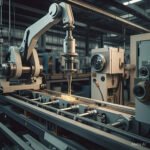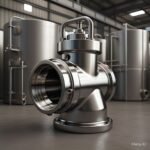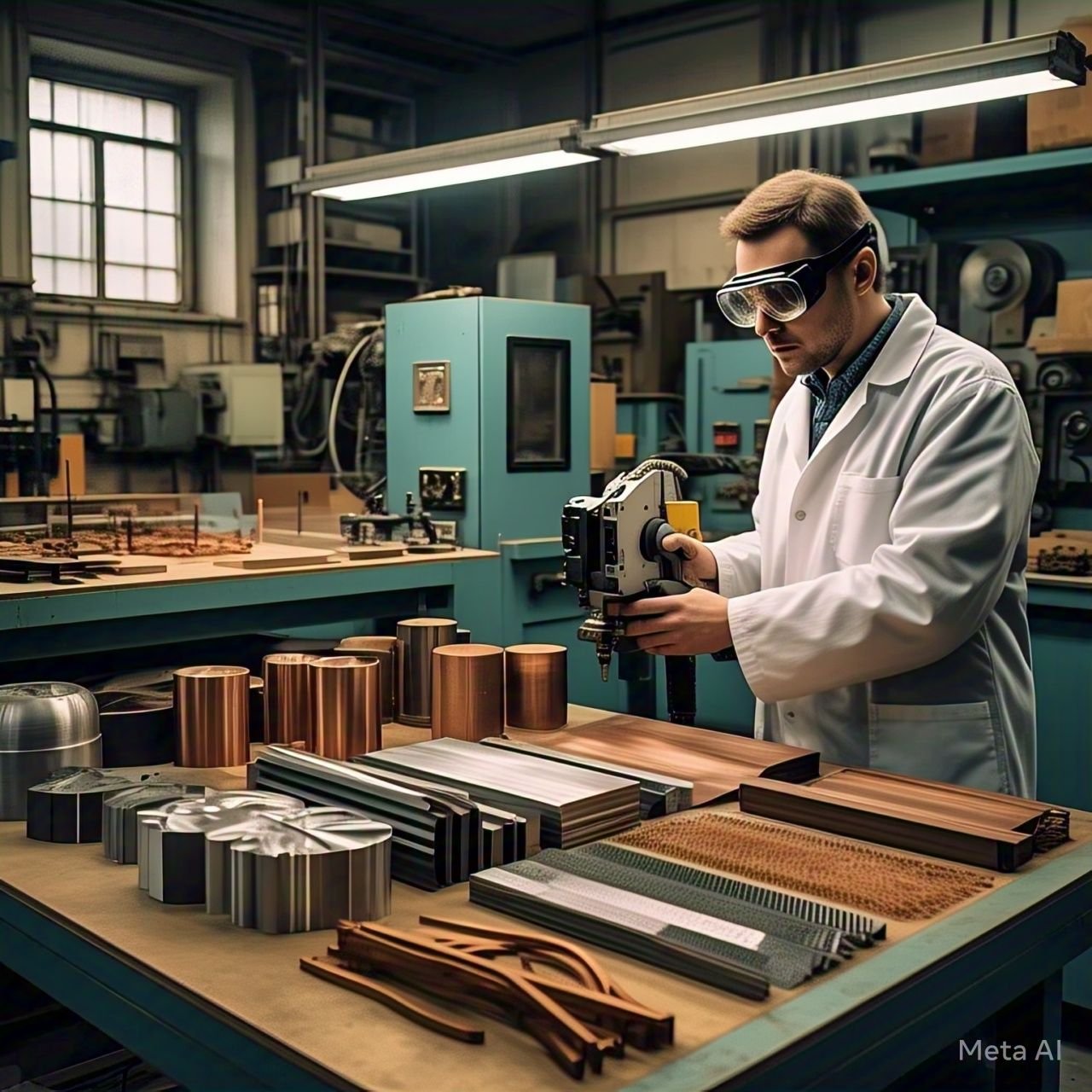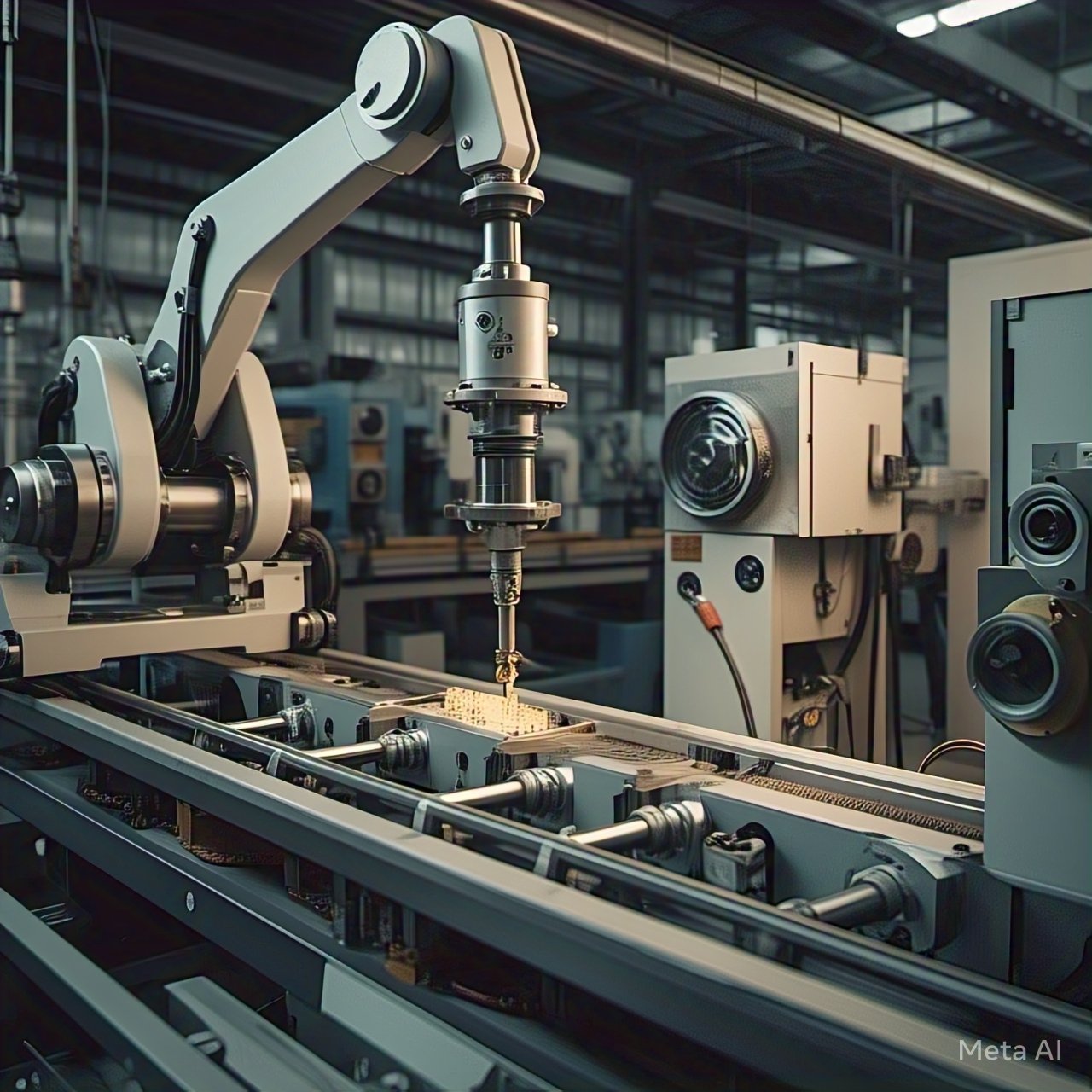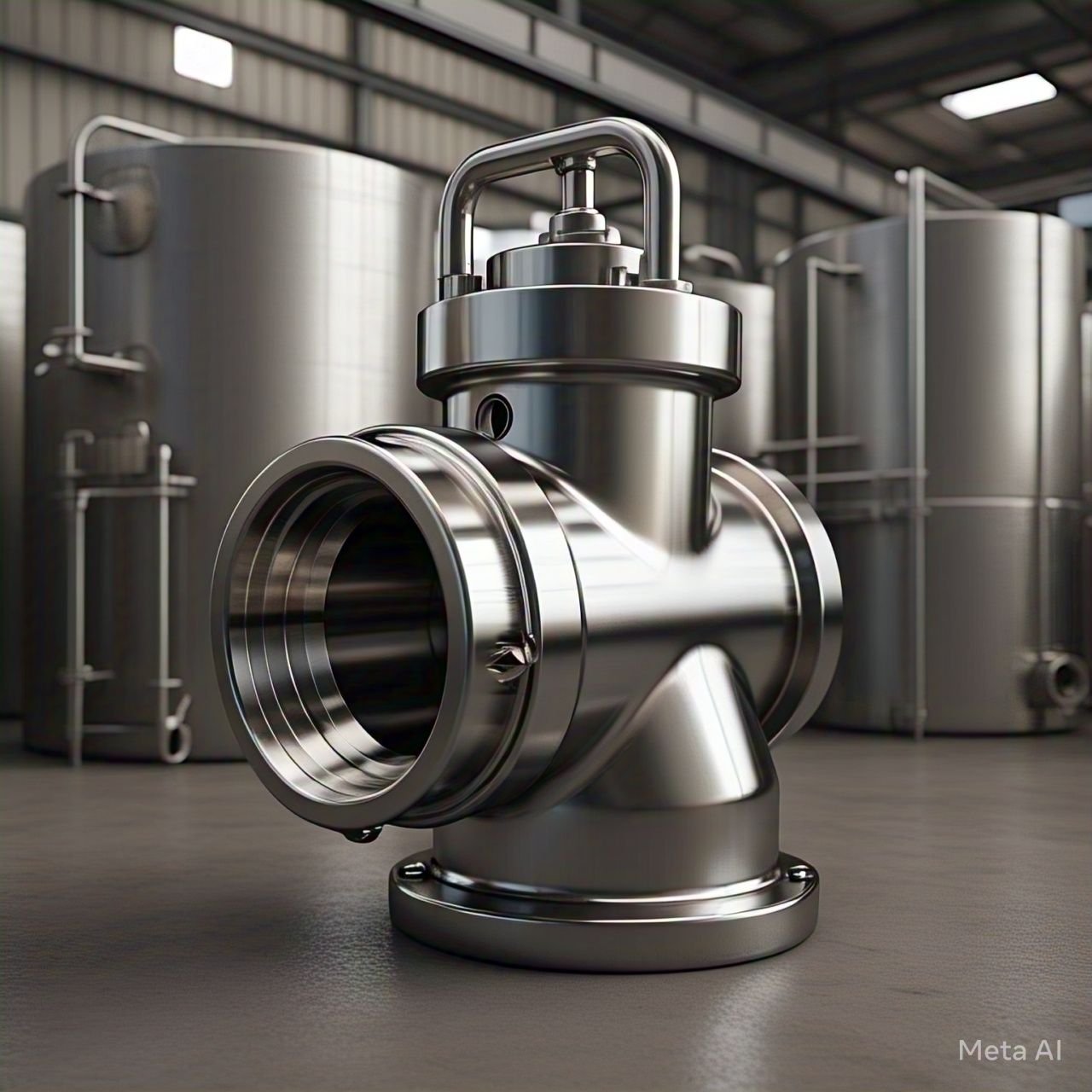To obtain optimal performance with high quality from laser machines manufacturers need to select materials with great caution. Materials for production derive from the way that engineers and manufacturers evaluate laser processing reactions. This paper explains material selection for laser machines through analysis of metals and non-metals as well as composite materials. We provide distinctive standards combined with functional suggestions to offer direction in your decision system.
Introduction
The precision operations of material cutting and welding alongside marking depend on laser technology used by manufacturers. Optimum results from these operations heavily depend on what material manufacturers choose to use. An engineer needs to analyze thermal conductivity as well as reflectivity and durability to make suitable material choices. Production processes achieve maximum efficiency through proper material selection because manufacturers have access to metals, non-metals, and composites.
Understanding Material Types
The selection of materials starts with identifying their classification groups. Three main groups classify materials as metals non-metals and composites. The different groups of materials show distinct responses to laser energy exposure. Manufacturers determine the ideal material choice by studying both positive and negative elements within group characteristics. The foundation for selecting suitable materials is established through these comprehension methods to guarantee that final quality expectations are fulfilled, visit hispeedlaser.com for details.
Metal Materials
Many industries count on metals due to their remarkable durability which combines with their robust strength properties. Engineers select steel aluminum along with titanium materials because they offer superb thermal conductivity as well as dependable laser processing characteristics. Collision with a metal surface causes the laser beam to immediately absorb energy that heats the material quickly. This characteristic makes it possible to obtain neat trims and exact welds. The reflection of laser light by certain metals leads to decreased efficiency when at work. Manufacturers make laser setting adjustments as a solution for this problem. The laser performance depends on engineers determining both metal thickness and material composition to achieve the intended results. The market relies on metals because they combine strength with flexibility to meet different practical needs.
Non-Metal Materials
Non-metals consist of plastics as well as ceramics alongside glass and their related materials. Laser energy interacts differently with such materials when compared to metal materials. Plastics alongside polymers tend to disappear completely after being hit with a laser beam according to manufacturer observations. The production method creates neatly defined surfaces along with well-defined pattern lines. Under intense laser power non-metals show sensitivity to heat which causes deformation of the material. Engineers must modify laser power together with speed parameters to avoid destructive outcomes. Repeated thermal stresses cause glass and ceramics to crack therefore special techniques must be implemented during manufacturing. Manufacturers accomplish non-metal materials with high-quality outcomes while protecting their individual properties through precise management of laser parameters.
Composite Materials
Materials composed of metals and non-metals provide superior characteristics of their substances. They deliver better strength capabilities together with lower weight values and upgraded operational outcomes. The selection of composite materials occurs when manufacturers need structural elements that need to endure long-term usage yet remain flexible. The material structure of composites includes a reinforcing component and a matrix component that uses polymers as its base. During laser processing operations engineers need to bear in mind that different materials within composites have contrasting thermal behaviors. Accurate laser calibration is essential to protect every segment of the composite material. Producers dedicate ongoing research to develop better approaches that generate neat material section cuts while ensuring solid bonding connections in composite materials. Engineers find composites suitable for diverse laser applications because of their ability to perform in many operational scenarios.
Factors to Consider When Choosing a Material
During the material selection process for laser processing engineers take different factors seriously. Engineers assess the material’s thermal characteristics along with its reflectivity values while testing its overall lifespan. Cost together with material availability figures as critical factors that direct the final selection. Manufacturers perform tests that allow them to monitor material reactions during different laser conditions. Engineers modify power and pulse duration as well as scanning speed parameters until they achieve optimal manufacturing speed alongside desired product quality. Laser process optimization occurs through factor-based analysis which leads to increased production efficiency.
Conclusion
Using the correct materials within laser machines forms the basis for successful high-quality results. Managers achieve productivity gains with better performance by implementing informed material choices based on the understanding of metal and non-metal characteristics and composite features. The guide provides transparent steps to enable engineering professionals and decision-makers to make material selection choices that result in application-specific success in modern competitive business conditions.


